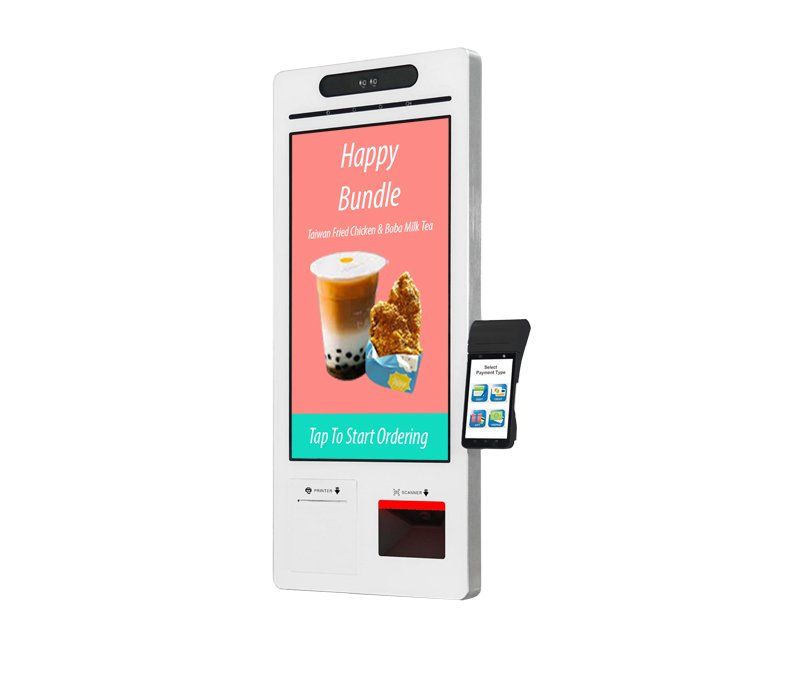
Self-ordering kiosks bring huge upsides to F&B businesses that adopt them. For example, elevated ordering efficiency without extra manpower spending and increased average bill sizes.
Self-ordering kiosks may have risen to popularity through fast-food chains like Mcdonald’s, hence, the common assumption is that self-ordering kiosks are only suitable for the fast-food concepts.
However, that is far from true. In this article, let’s discover how self-ordering kiosks can be implemented in different F&B concepts to enjoy similar benefits.
Benefits of adopting self ordering kiosks
Wondering about the benefits that self-ordering kiosks bring to your F&B business and why you should adopt them? Here is a list of benefits of adopting self-ordering kiosks:
- Increased average bill sizes
- Reduce customer waiting times
- Increase order handling capability. Get more orders during peak hours.
- Improve order handling accuracy
- Save on labour costs
- Keep your staff and customer safe by minimizing contact
Quick service restaurants
Casual dining restaurants, fast-food restaurant, or any F&B concept that operates on a order and pay first, dine-in later concept can be considered quick service restaurants. These restaurants often have multiple cashiers operating during peak hours to handle higher order volumes and shorten queuing time.
However, it means investing more on manpower during peak hours works against your profits. This is where self-ordering kiosks make a difference. They allow you to open up more ordering terminals to handle high order volumes accurately without hiring more.
Furthermore, high resolution images on your self-ordering kiosk’s digital menu will help your customers better understand your dishes. Add on suggestions can be automated to upsell to your customers, increasing your average bill size.
Takeaway food kiosks
Takeaway food kiosks run on a similar concept as quick service restaurants, only without the option to dine-in. Similarly, adopting self ordering kiosks at your takeaway food kiosk reduces queuing time for your customers while helping you take in more orders during peak hours without extra manpower.
Automated add on suggestions also help you increase your bill sized by upselling as your customers self order.
Dine-in restaurants
Can full service dine-in restaurant operating on a dine first pay later model benefit from self ordering kiosks? They definitely can, but from a different approach. Many full service restaurants have customers that come specifically to order takeaway.
By implementing self-ordering kiosks for your takeaway counter, you will not have to hire extra manpower, or divert staff from dine-in duties to serve takeaway customers. In this sense, self-ordering kiosks help your restaurant generate an additional stream of revenue through takeaway customers without having to expand floor space to set up a full sized takeaway section, thus keeping cost low.
Furthermore, when kiosks are not in use, the high resolution screens can be used to display appetizing images of your latest dishes, best sellers or promotions to capture the attention of passers by.
Getting a self-ordering kiosk
Interested in enjoying the benefits self ordering kiosks bring to your business? iMakan’s self-ordering kiosks are pre-approved by IMDA for government grants like the Enhanced Productivity Solution Grant (PSG). The grant subsidizes up to 80% of the cost of adopting iMakan’s self-ordering kiosks.
To learn more about iMakan’s self-ordering kiosks, simply drop your contact details below and we will be in touch with you to arrange a free demo.











